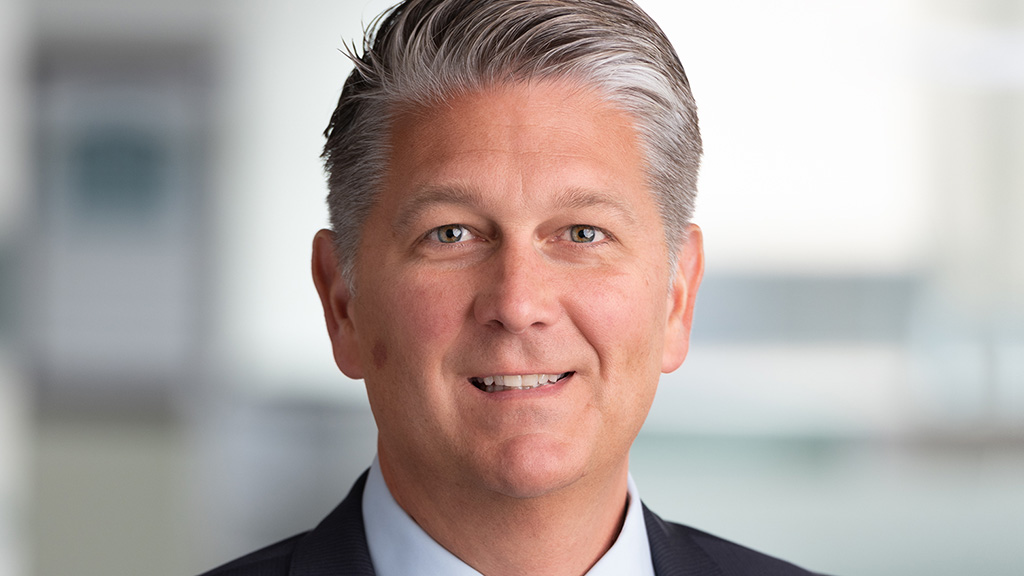August 5, 2024
Events

With rising costs and lower attendance, CEOs can’t afford to be disengaged from planning their organization’s marquee event.
January 17, 2024
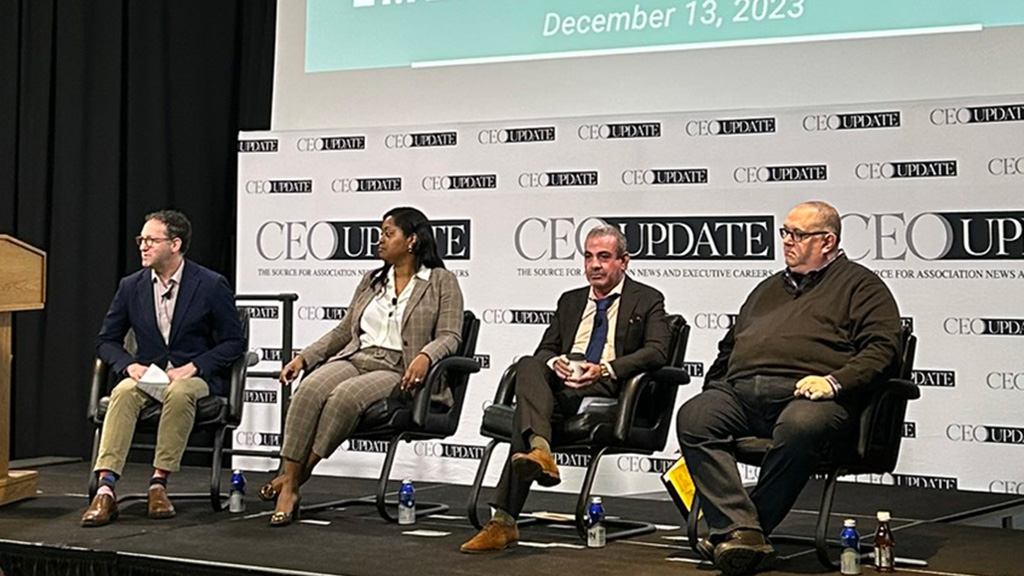
Panelists at emerging tech forum say AI requires new policies to restrict its use, but that staff need to be encouraged to experiment.
January 3, 2024
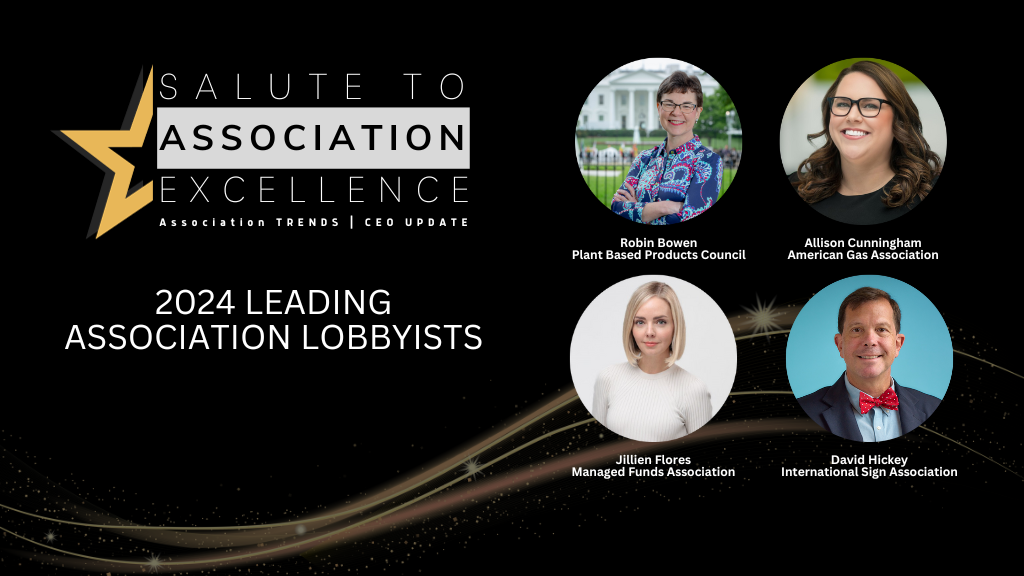
Four lobbyists to be honored for accomplishments at the Salute to Association Excellence.
December 12, 2023
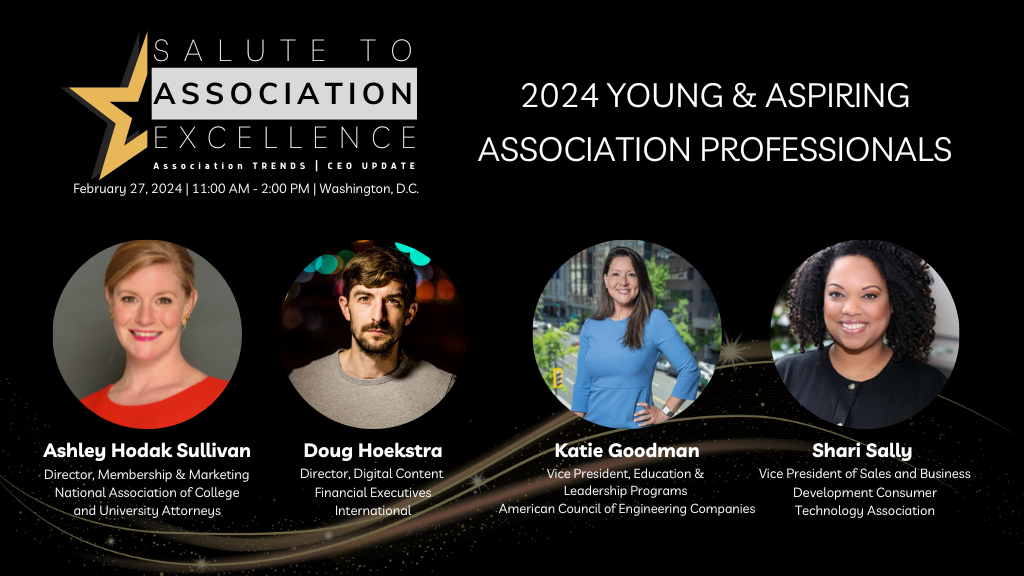
Four Salute to Association Excellence honorees share their inspiring journeys and plans for the future.
November 20, 2023
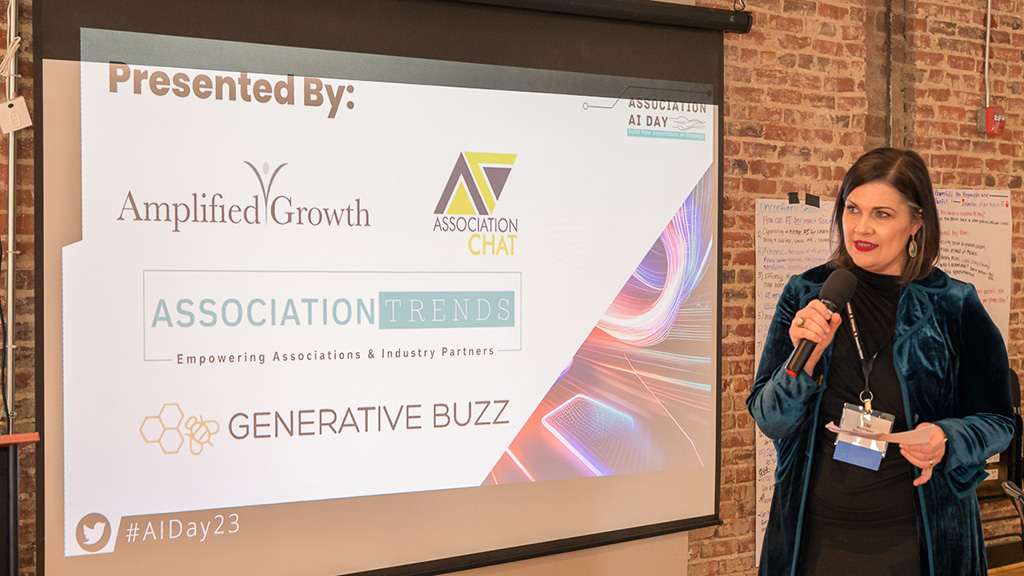
Event hosted by Association TRENDS featured examples of how groups can harness artificial intelligence, minimize perils.
September 12, 2023
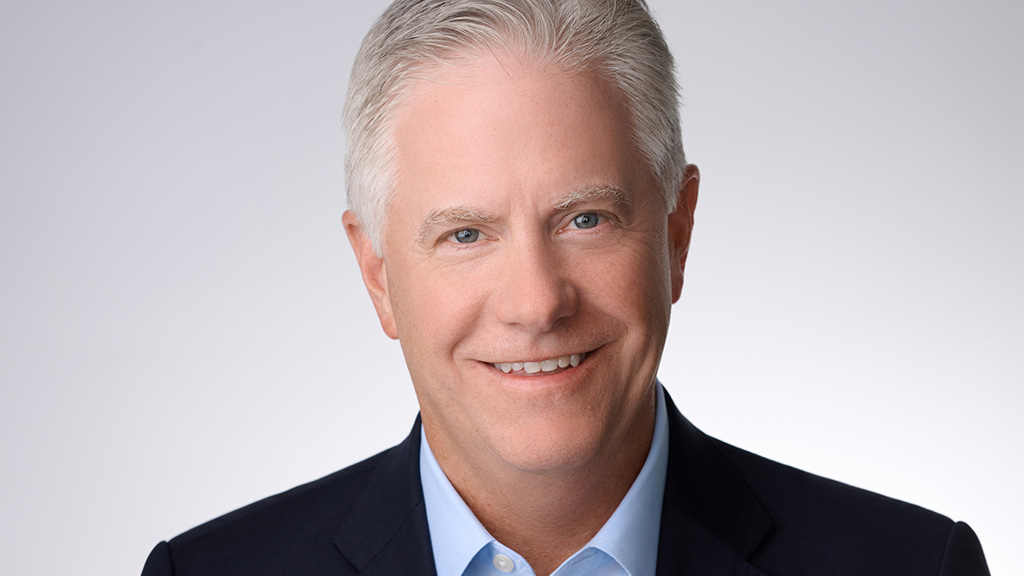
Rare arrangement with privately held for-profit Questex enabled quicker launch of The Hospitality Show
July 10, 2023

Crisis plans should go beyond contingencies near the convention center and be citywide; after-action reports help hone responses.
November 3, 2022

Online voting now underway for 10th annual NCBA National Anthem Contest.
September 25, 2022

Higher costs, labor shortage are crimping exhibitors, attendees; shorter meetings, hybrid format can…

